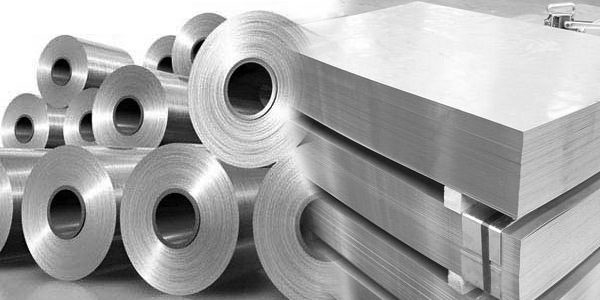It's not unexpected that grade 304 stainless steel is among the most popular grades. Nevertheless it is clearly not just because grade 304 was among the first grades developed that it continues to dominate the market today. There has been significant progress throughout the years, and we now have in addition to a large range of austenitic grades of which 304 is just one - a wide range of ferritic grades, 200 series grades, Duplex, Superduplex, and Lean Duplex grades. Each of these has particular homes and has been established for particular applications, or even in an attempt to prevent utilizing expensive alloying aspects.
For instance, you can attain greater strength (thus minimizing weight) and even higher corrosion resistance by going with a duplex grade You can select a CrNiMo grade (such as 316) to accomplish higher deterioration resistance where it is necessary-- such as in a marine environment, or where a great deal of salt is utilized for de-icing, or where particular chemical procedures need a specific kind of rust resistance to a specific chemical, or acid.
You can also opt for a ferritic grade, or a 200 series (CrMn) grade to reduce the cost of alloying components, and consequently accomplish a much cheaper item, and even decide to move far from stainless-steel altogether, and define galvanized steel, for example. What typically becomes apparent quite rapidly when adopting this technique, however, is that things can quickly begin rusting if they are not painted frequently, and soon may have to be replaced totally. What looked like a cheap choice at first sight, can end up being very expensive undoubtedly, and even highly harmful.
All these "more recent" grades serve their purpose, and add to making stainless steel a material of option. However with such a series of grades, one may have prepared for that they would rapidly supplant grade 304. Why stick to a grade developed over 100 years earlier when there are today numerous alternatives readily available which smo254 have been specifically customized to perform well under particular conditions? One might almost say that today there is a grade for each application.
Nor does grade 304 retain its appeal because it is, reasonably speaking, a 'low-cost' option. It includes quite a bit of nickel which, as all of us understand, can end up being a very costly active ingredient certainly, specifically when a duration of restocking follows a period of destocking, when costs therefore begin to rise. So, if it is not for historic factors that grade 304 is so popular, and not because it doesn't consist of "pricey" alloying elements such as nickel, since it does, why does it remain the workhorse of the industry?
The answer is maybe to start with that grade 304 consists of a really decent quantity of chrome (around 18%), and it is, naturally, the chrome that makes it so rust resistant. Why then add nickel, which just contributes to the cost? Due to the fact that nickel stabilises the austenitic structure, which implies that the steel is both difficult and ductile. How much nickel should be added? Certainly, the minimum needed to stabilise the austenitic structure-- so about 8%. And there we have it-- grade 18/8 (18% Cr, 8% Ni) or yes, grade 304. The outcome is a grade that is extremely corrosion resistant in a vast array of applications, has good formability, and excellent weldability, but does not include so much nickel as to make it prohibitively costly, when that quantity of nickel is not required for the specific application.
It is the combination of these homes which discusses why 304 stays one of the most widely used grades. The specific mix of residential or commercial properties means that it appropriates, at a really reasonable cost, for use in the most different of applications varying from industry (chemical, pharmaceutical, foodstuffs, drink, developing, fermentation), to building and construction, circulation (counters etc), down to your very own kitchen area and flatware.
Flexible grade.

The flexibility and performance of grade 304 has been shown over many years of use, but it would be incorrect to state that it is a "sure thing", or "I make sure 304 will be great". You might state it is a bit like purchasing an automobile. You do not purchase an Audi R8, as good as it sounds, and as fast as it goes, if what you need is a Renault Clio that gets you to the corner store simply as quickly, and at significantly lower expense. However nor do you buy an inexpensive runabout, which is more than likely to break down halfway to the airport, if you have an airplane to capture.
This is why you need to always talk with the experts who will suggest the grade you require for your particular application, at the most reasonable cost, and assist you prevent making what might be a very costly error in the longer term.
With that caveat, stainless grade 304 is the workhorse of the stainless steel market. It has been so given that it was first developed, and looks set to continue being so for the foreseeable future. At Stainless Band we constantly have plenty of grade 304 coil in the http://sethgaha931.wpsuo.com/the-most-influential-people-in-the-stainless-steel-industry-and-their-celebrity-dopplegangers storage facility which can be slit at short notice into the accurate width of strip required and with the required processing and surface.